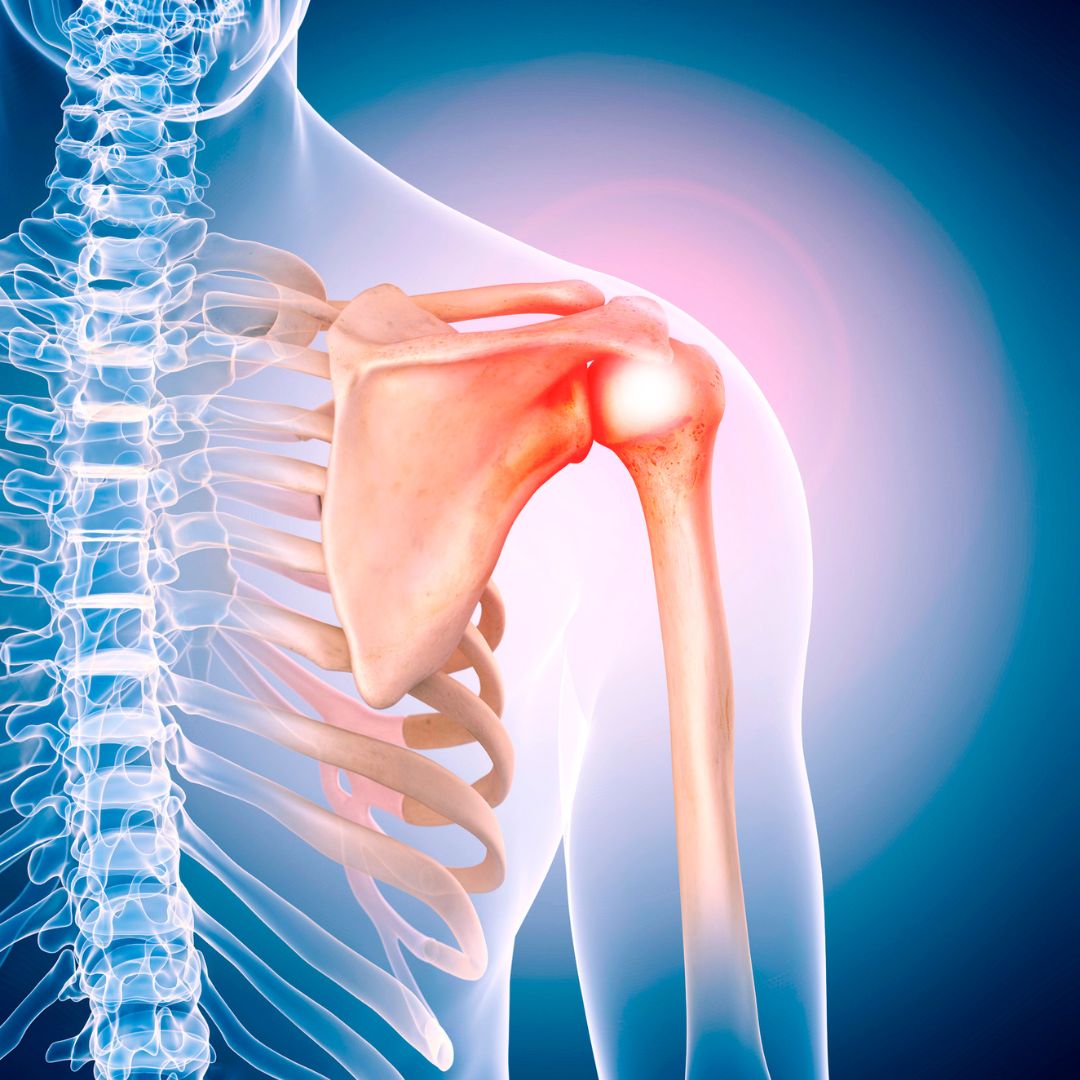Recent findings in rotator cuff repair, shoulder arthroplasty, and fracture management are among the topics of interest in the new JBJS Guest Editorial What’s New in Shoulder and Elbow Surgery. Here, we highlight the 5 most impactful studies, as selected by co-author H. Mike Kim, MD.
Rotator Cuff
The use of platelet-rich plasma (PRP) injections in arthroscopic repair of medium to large rotator cuff tears was investigated in a randomized controlled trial (RCT) including 104 patients. Treatment involved a double-row, suture-bridge technique either with or without PRP injections given intraoperatively and at 7 and 14 days postoperatively. Patient-reported outcomes at 24 months postoperatively did not differ significantly between the groups. Of the 76 patients who underwent MRI at 24 months, those who had received PRP had a significantly lower retear rate and lower postoperative Goutallier grades1.
Long-term outcomes following arthroscopic rotator cuff repair with or without acromioplasty were reported in a Level I RCT published in JBJS; this was a secondary study based on a previously reported RCT. A total of 25 of 41 patients in the acromioplasty group and 31 of 45 patients in the group without acromioplasty completed follow-up at a mean of 11 years. Western Ontario Rotator Cuff Index scores did not significantly differ between the groups, and each group continued to show significant improvement from preoperative scores. The rate of reoperation was significantly higher in the no-acromioplasty group than in the acromioplasty group (16% vs. 2%)2.
Another Level I RCT compared healing rates between patients who underwent arthroscopic rotator cuff repair with bone channeling at the repair site and those who underwent standard arthroscopic rotator cuff repair. No significant differences in healing rates (the primary outcome) or in patient-reported outcome scores were found between the 2 groups at 24 months postoperatively3.
Shoulder Arthroplasty
An RCT published in JBJS investigated local infiltration analgesia (i.e., a joint cocktail injection that included ropivacaine, epinephrine, and ketorolac) vs. an interscalene block for postoperative pain management following shoulder arthroplasty. Local infiltration analgesia was noninferior to the interscalene block with respect to the mean pain score at 24 hours, which was the primary outcome of this Level I study. Additionally, the researchers concluded that local infiltration analgesia “was associated with worse pain at 8 hours postoperatively and more intraoperative opioid consumption but was also substantially less costly”4.
Proximal Humeral Fractures
Fibular allograft augmentation did not demonstrate additional benefits in the treatment of medial column comminuted proximal humeral fracture, as reported in an RCT published in JBJS. Of the 80 patients who underwent open reduction and internal fixation, 41 received locking plate fixation only and 39 received locking plate fixation with a fibular allograft. No significant difference was found between the groups in the unadjusted mean value for the Disabilities of the Arm, Shoulder and Hand score at 12 months, nor were any significant differences found with respect to the secondary outcomes5.
What’s New in Shoulder and Elbow Surgery is freely available at JBJS.org.
What’s New by Subspecialty
Each month, JBJS publishes a review of the most pertinent studies from the orthopaedic literature in a select subspecialty. To read the reports, visit the What’s New by Subspecialty collection at JBJS.org.
Recent OrthoBuzz posts include: What’s New in Hip Surgery, What’s New in Osteoporosis and Fragility Fractures, and What’s New in Limb Lengthening and Deformity Correction.
References
- Zhang C, Cai YZ, Wang Y. Injection of leukocyte-poor platelet-rich plasma for moderate-to-large rotator cuff tears does not improve clinical outcomes but reduces retear rates and fatty infiltration: a prospective, single-blinded randomized study. Arthroscopy. 2022 Aug;38(8):2381-2388.e1.
- Woodmass JM, Al Khatib L, McRae S, Lapner P, Mascarenhas R, Neogi D, MacDonald PB. Arthroscopic rotator cuff repair with and without acromioplasty in the treatment of full-thickness rotator cuff tears: long-term outcomes of a multicenter, randomized controlled trial. J Bone Joint Surg Am. 2022 Dec 7;104(23):2101-7.
- Lapner P, Bouliane M, Pollock JW, Coupal S, Sabri E, Hodgdon T, Old J, Mcilquham K, MacDonald P, Stranges G, Berdusco R, Marsh J, Dubberley J, McRae S; CSES Investigators. Intraoperative channeling in arthroscopic rotator cuff repair: a multicenter randomized controlled trial. Am J Sports Med. 2023 Feb;51(2):323-30.
- Ewing M, Huff H, Heil S, Borsheski RR, Smith MJ, Kim HM. Local infiltration analgesia versus interscalene block for pain management following shoulder arthroplasty: a prospective randomized clinical trial. J Bone Joint Surg Am. 2022 Oct 5;104(19):1730-7.
- Wang Q, Sheng N, Huang JT, Zhu H, Tuerxun M, Ruan Z, Shi T, Zhu Y, Zhang Y, Rui B, Wang L, Chen Y. Effect of fibular allograft augmentation in medial column comminuted proximal humeral fractures: a randomized controlled trial. J Bone Joint Surg Am. 2023 Feb 15;105(4):302-11.



